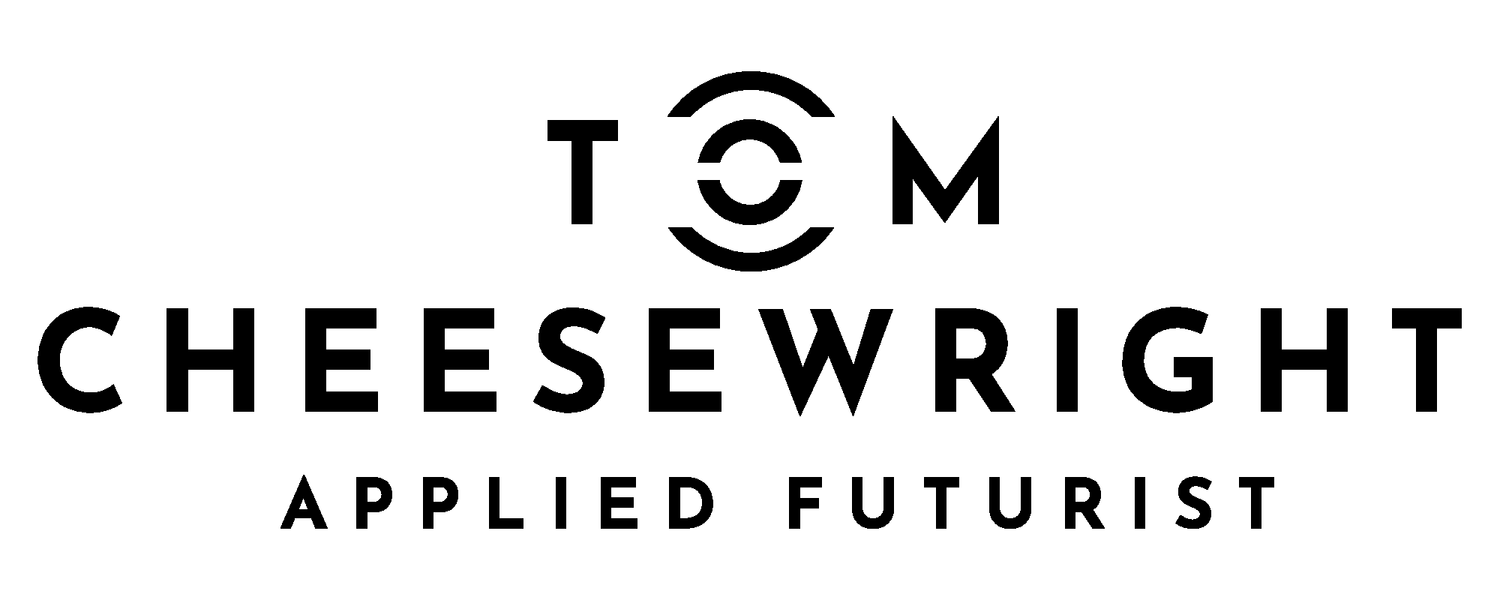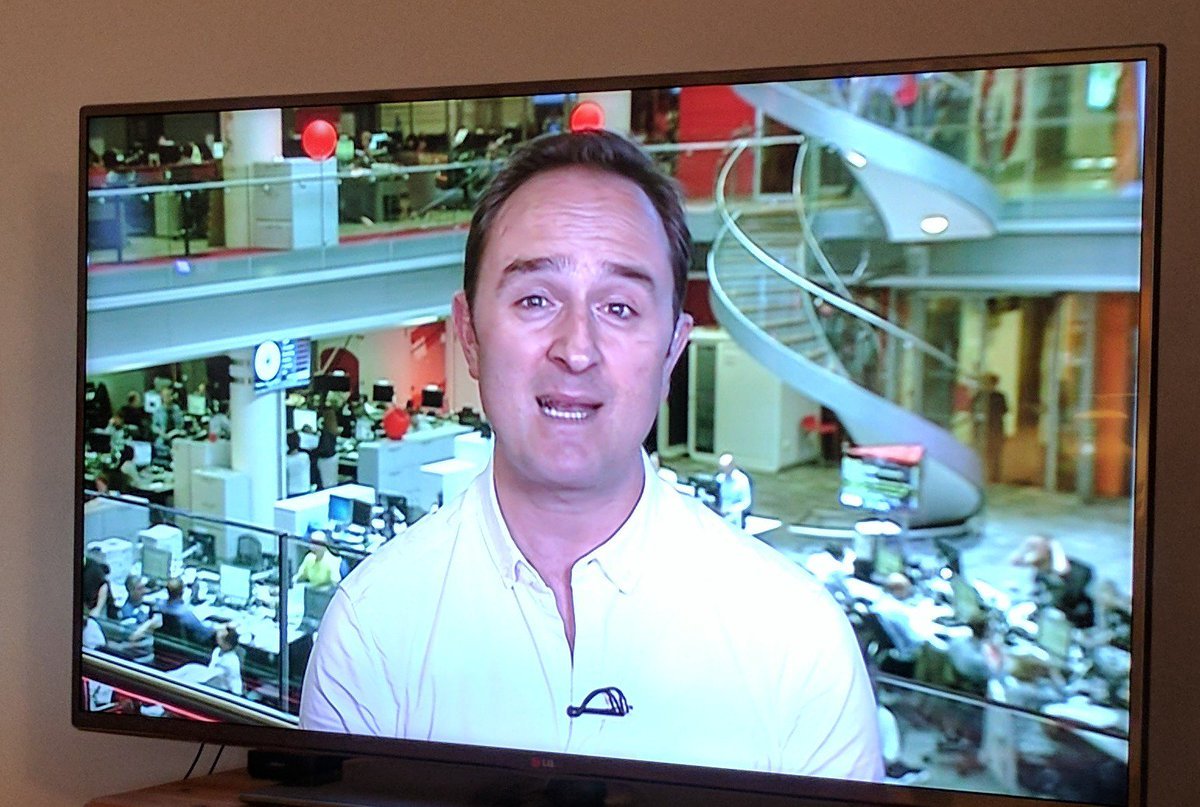futurist FAQs
There are some questions I get asked a lot, so I thought I’d put all the answers down in one place so that I can share them when people ask.
wHAT DOES A FUTURIST DO?
As a futurist/futurologist (I prefer ‘futurist’ but for these purposes, the terms are largely interchangeable), I help organisations around the world to answer three questions.
What does our future look like?
Futurists use a variety of tools to look at the future, both near and far. These tools are really ways of structuring our thinking - and that of the people we work with - to try to extract a variety of likely outcomes or scenarios. The future is a very big place if you accept all of the possibilities. So we use tools like Scenario Planning and Intersections to bound our thinking and zoom in on outcomes that might be more probably or impactful.
How do we tell that story?
A view of the future, however insightful, is of no value unless it can be communicated to people. That’s where the skills of storytelling come in. I help my clients to tell stories that drive change, to their shareholders and stakeholders, to their staff, their partners, their customers and their prospects.
What do we do about it?
A compelling view of the possible futures usually drives people to want to take action. But what action? I call myself an ‘Applied Futurist’ because with my engineer’s mind, I’m as excited about the response to a vision as I am about the vision itself. I get involved in all sorts of responses to the impetus that comes from foresight, from organisational and policy change, to new product and service innovation.
This tells you the theory, but what do we do in practice? The output of my work tends to take a few different forms.
Writing: People ask me to write reports, articles, fiction stories and more, examining the future of different sectors. Sometimes I write just because it’s a way of exploring something that interests me, and that has resulted in a lot of blog posts, and a few books and chapters.
Speaking: I do a lot of public speaking, from big conference keynote speeches, to smaller after dinner events, to private sessions for companies or leadership teams.
Broadcasting: The future is an exciting subject, so I’ve spent quite a lot of time doing TV and radio, and answering questions for the print and online media. I also have my own podcast where I explore things that interest me.
Consulting: Sometimes people want to use me as a sounding board or to get my input on a particular problem. This ranges from a one hour video call, through to a six month contract where I spend a few hours a week with them.
Those are the things I get paid for.
hOW DO YOU BECOME A FUTURIST?
Every futurist I’ve met has taken a different career path. And as a result, our careers as futurists tend to look quite different. Usually though, they share something of the same mix of activities that I describe above.
You can study to be a futurist, usually pursuing a Masters course in Futures Studies, or learning with one of the many private institutions. But most people like me who call themselves a futurist or futurologist are self-taught.
I was inspired to become a futurist by the Usborne Book of the Future, a book from the late 1970s that described the future ‘in the year 2000 and beyond’ - which seemed very distant back in the early 1980s when my mum bought me a copy at a book fair. I still have my copy now and in 2023, I was lucky enough to provide the foreword to its reissue.
Following a degree in Mechatronic Engineering, I spent five years working in marketing for some of the world’s largest technology companies, before starting my own businesses. In 2006, I started blogging and was invited onto the radio and TV to talk about technology and the future - something I’ve continued to do frequently ever since. I had a lot of exposure to the people setting strategy at world-changing companies in various consulting roles, and helped to create new products and services in my own businesses.
When I left my last start-up in 2012, I was being asked by a number of contacts and former clients to consult for them, usually about the future. So I decided to spend some time expanding my knowledge of the key tools of futurism - ultimately building my own - and announced myself as a futurist. Thanks to the profile I’d already built up with the blogging, TV and radio work, I quickly found myself doing work for major brands like LG, Nikon, and Sony Pictures. And I haven’t really looked back since!



